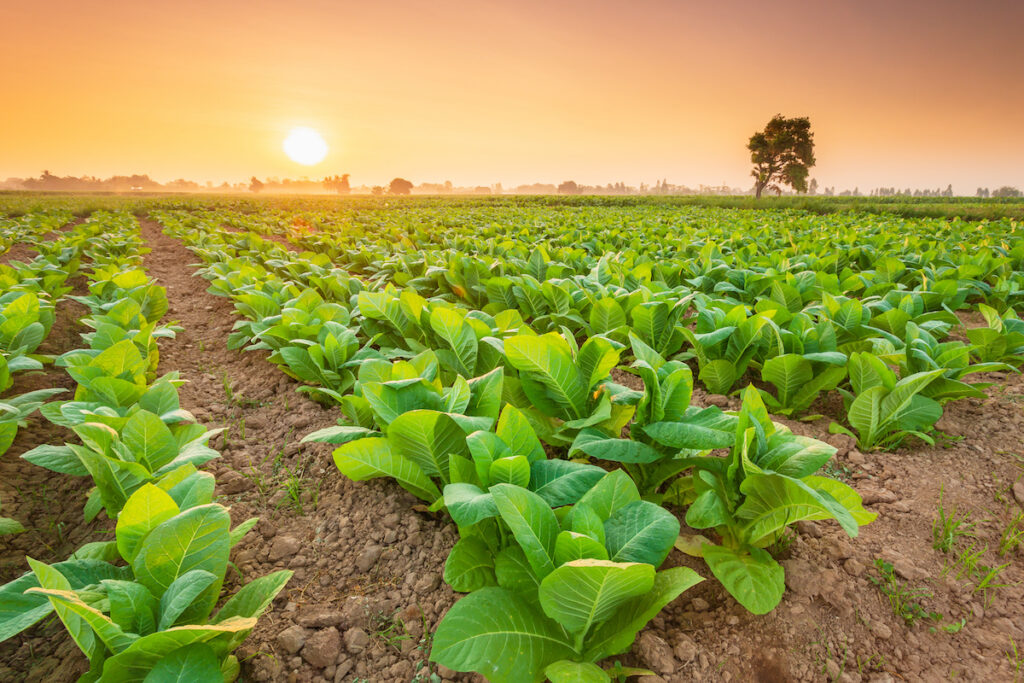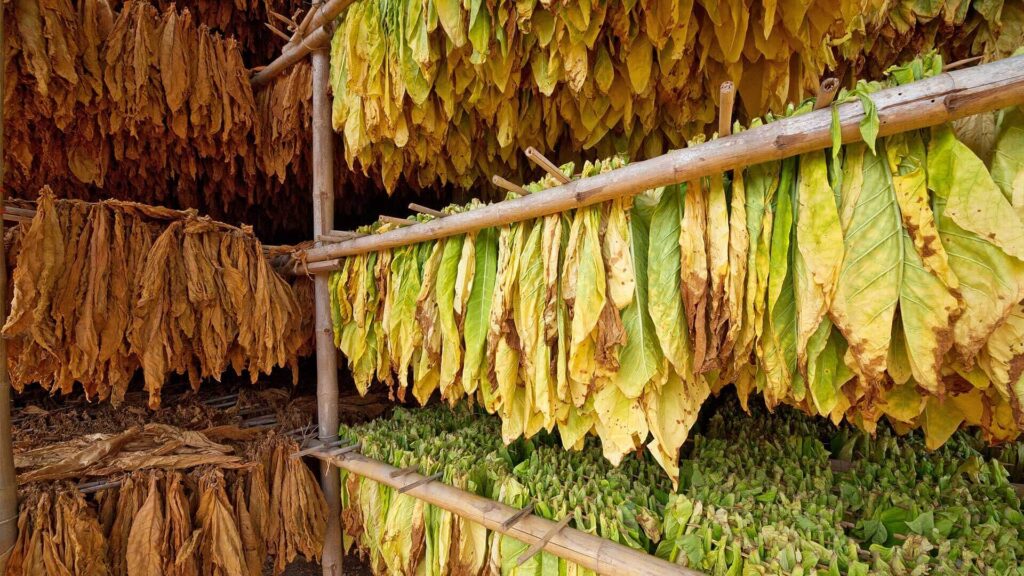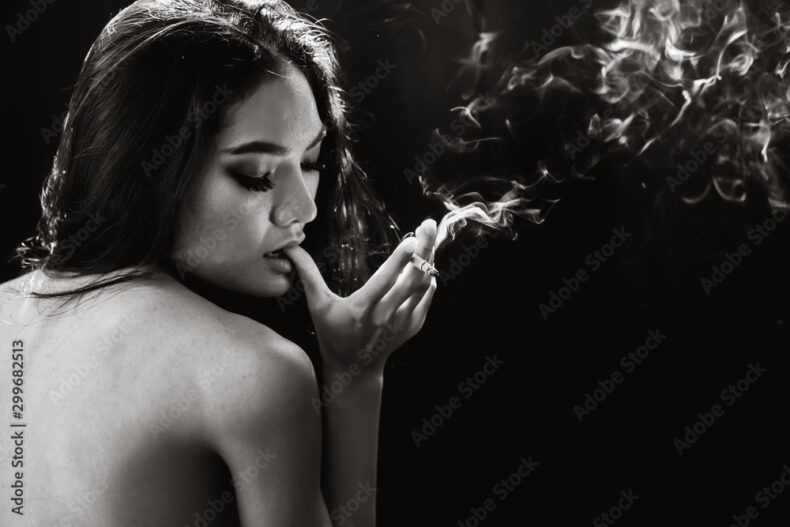Introduction
Tobacco, a widely consumed product with a rich history, goes through a complex process before it ends up in the form of cigarettes, cigars, or other tobacco products. In this article, we will take you through the journey of how tobacco is made, from its cultivation on the farm to the final product that reaches consumers.
Cultivation of Tobacco
The time it takes for tobacco to grow from planting the seeds to harvesting the mature leaves can vary depending on several factors, including the tobacco variety, climate, and growing conditions. On average, the tobacco growing process typically takes between 60 to 90 days. Here’s a general breakdown of the stages:
1. Planting the Seeds
Tobacco cultivation begins with planting seeds in specially prepared seedbeds. These beds provide a controlled environment for the seeds to germinate and grow into seedlings.
2. Transplanting Seedlings
Once the tobacco seedlings reach the appropriate size, they are carefully transplanted to the fields. The spacing between plants is crucial to ensure proper growth and development.
3. Growing Conditions
Tobacco thrives in warm, tropical climates with well-drained soil. Adequate rainfall or irrigation is necessary to maintain soil moisture levels.
4. Harvesting
Tobacco plants are typically harvested when the leaves reach maturity. The leaves are harvested in stages, starting with the lower leaves and progressing upwards. Harvesting is usually done by hand to avoid damaging the leaves.
It’s important to note that some tobacco varieties may have shorter or longer growing cycles, and factors like weather conditions, soil quality, and agricultural practices can also influence the time it takes for tobacco to reach maturity. Additionally, the curing and processing of tobacco leaves after harvesting can add several weeks to the overall timeline before the tobacco is ready for use in tobacco products like cigarettes or cigars.

Curing and Processing
5. Air Curing
After harvesting, the tobacco leaves are strung onto racks or poles and hung in barns. Air curing is a natural drying process that can take several weeks. During this time, the leaves turn from green to a yellowish-brown color.
6. Flue Curing (Optional)
Some tobacco varieties undergo flue curing, a process that involves controlled heating in curing barns. This process imparts distinct flavors and aromas to the tobacco.
7. Fermentation
Following curing, the tobacco leaves are bundled together and placed in fermentation chambers. This step allows the tobacco to mellow and develop its characteristic flavor.
Processing and Manufacturing
8. Sorting and Grading
The fermented tobacco is sorted and graded based on quality. Leaves with blemishes or imperfections are removed.
9. Blending
To achieve consistent flavor profiles, different tobacco varieties and grades are blended together in precise ratios.
10. Cutting and Shredding
The tobacco is cut or shredded into fine strands, which can vary in size depending on the intended product.
11. Adding Flavorings (Optional)
In some cases, flavorings and additives are introduced to enhance the taste of the tobacco.
12. Rolling and Packaging
The processed tobacco is rolled into cigarettes or cigars and packaged for distribution. Filters may be added to cigarettes to reduce harmful compounds.

Quality Control and Testing
Tobacco manufacturers employ stringent quality control measures to ensure that their products meet safety and quality standards. Testing includes assessments for nicotine content, moisture levels, and the presence of harmful substances.
Conclusion
The journey of tobacco from seed to product involves multiple stages, each critical in determining the quality and characteristics of the final product. Understanding the process can help consumers make informed choices and be aware of the complexities involved in the tobacco industry. For those considering quitting tobacco use, it’s important to seek support and resources to make healthier choices for their well-being.




